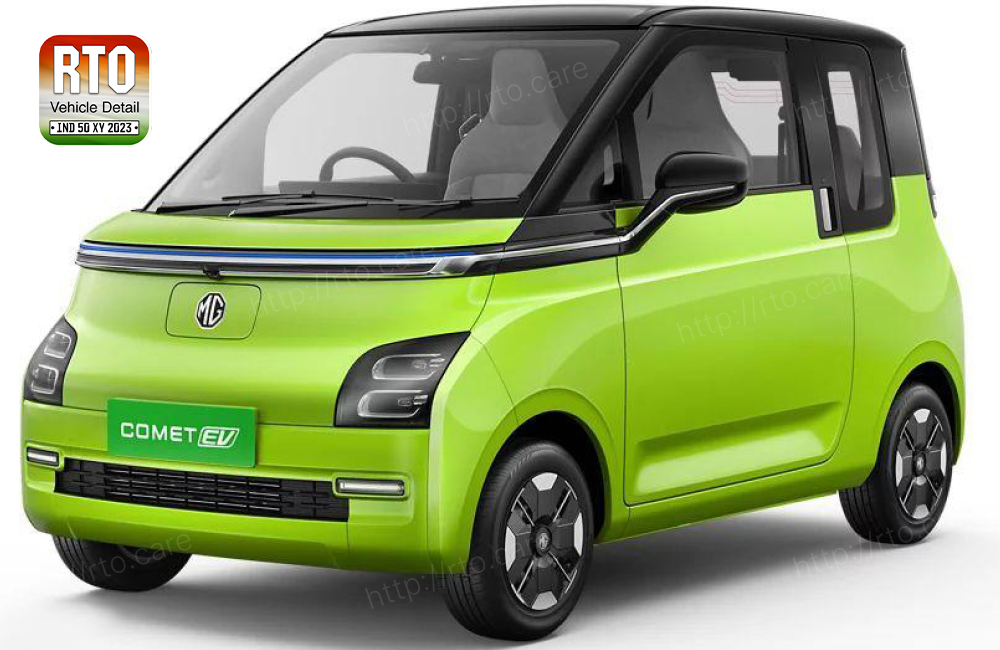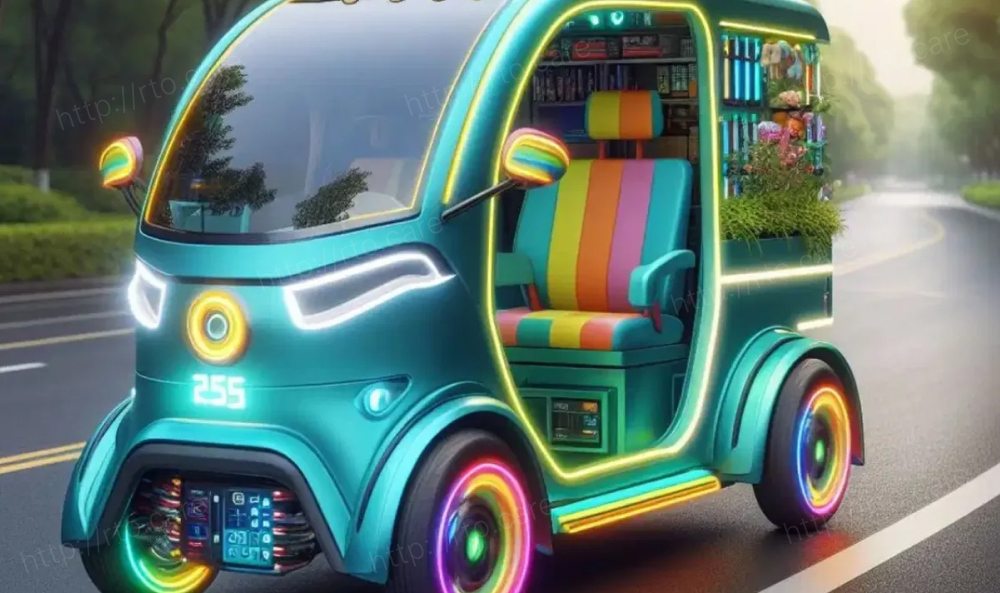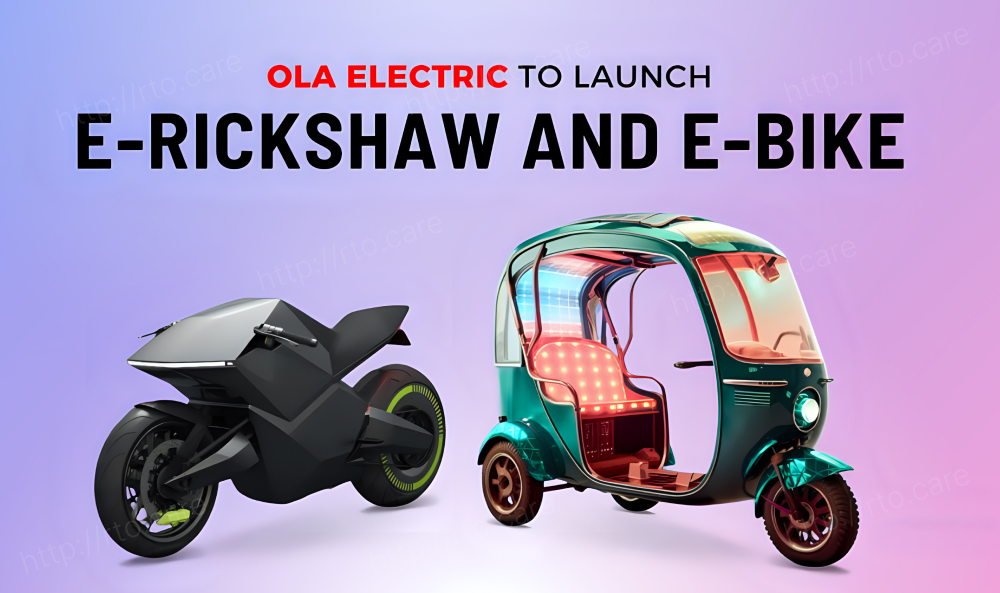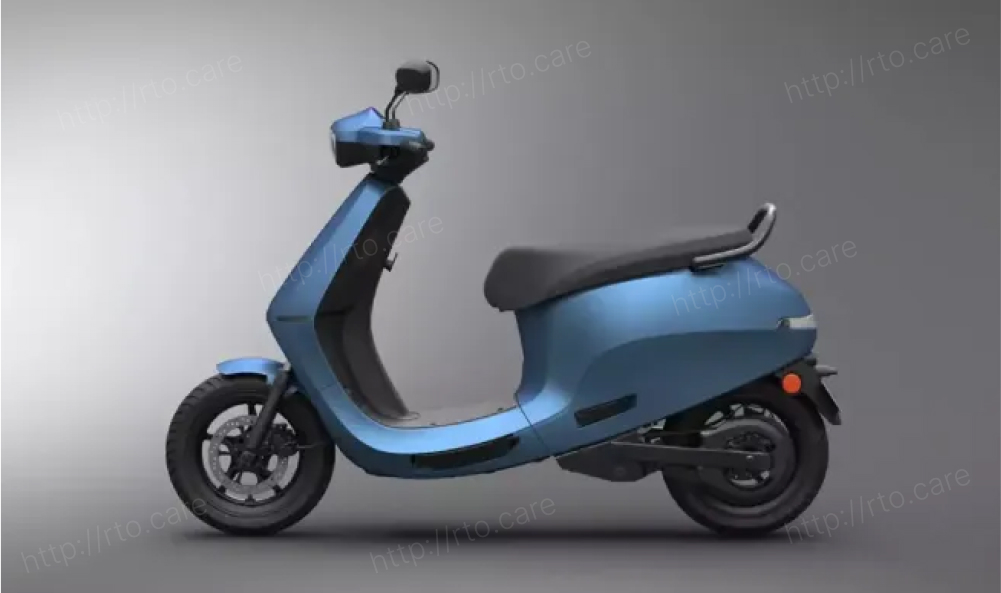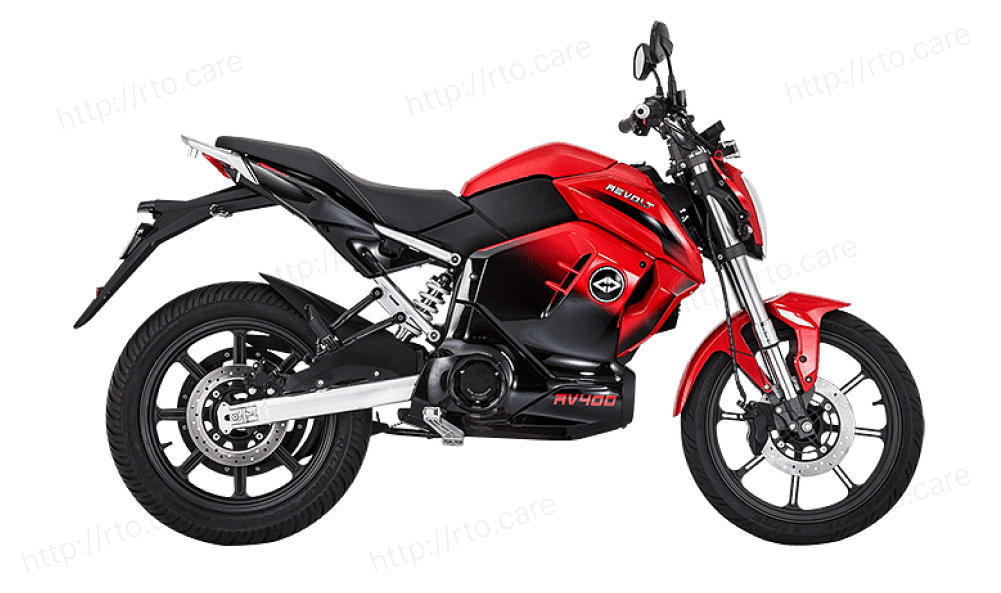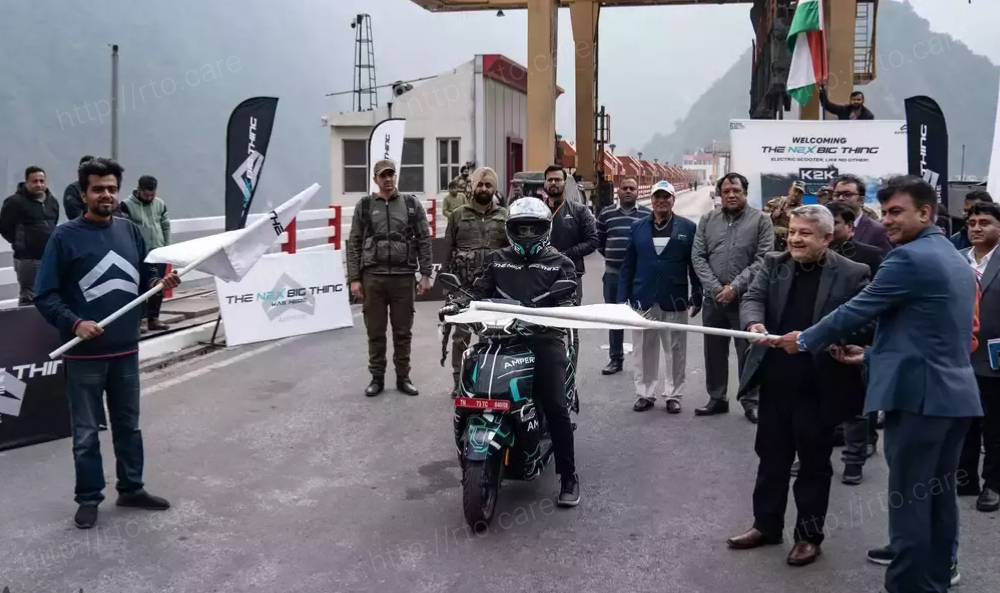Life moves swiftly especially in India's thriving cities. A decade ago auto-rickshaws in the country were primarily three-wheeled and diesel-powered. Electric versions were a novelty with only 12 e-rickshaws sold nationwide in 2014.
Fast forward to today and Delhi is leading the charge in the rapid shift to battery-powered road transport. E-rickshaws claimed a 54% share of India's three-wheeler market last year driven by efficient models with longer ranges and significantly lower running costs than their petroleum-powered counterparts.
During a recent visit to India Uber CEO Dara Khosrowshahi's first experience was driving a Mahindra & Mahindra Ltd. electric vehicle.
For those banking on India to rescue declining global oil demand the changing landscape of the streets is a crucial factor. E-rickshaws have become dominant not only for being cleaner and quieter but also for being more profitable. The cost per kilometer for an e-rickshaw is substantially lower than that of a diesel-powered auto-rickshaw.
While the initial shift was primarily seen in three-wheelers the financial logic is extending to two-wheelers. Manufacturers are introducing new electric models with competitive prices and performance targeting conventional bikes and scooters priced below $1 200. With a significant increase in gasoline prices driven by the rise in crude oil since the start of the Covid-19 pandemic the two-wheeler market might experience a transformation similar to that seen in the e-rickshaw market. While only 5% of two-wheelers sold last year were electric McKinsey & Co. predicts that figure will surge to 60% to 70% by 2030.
